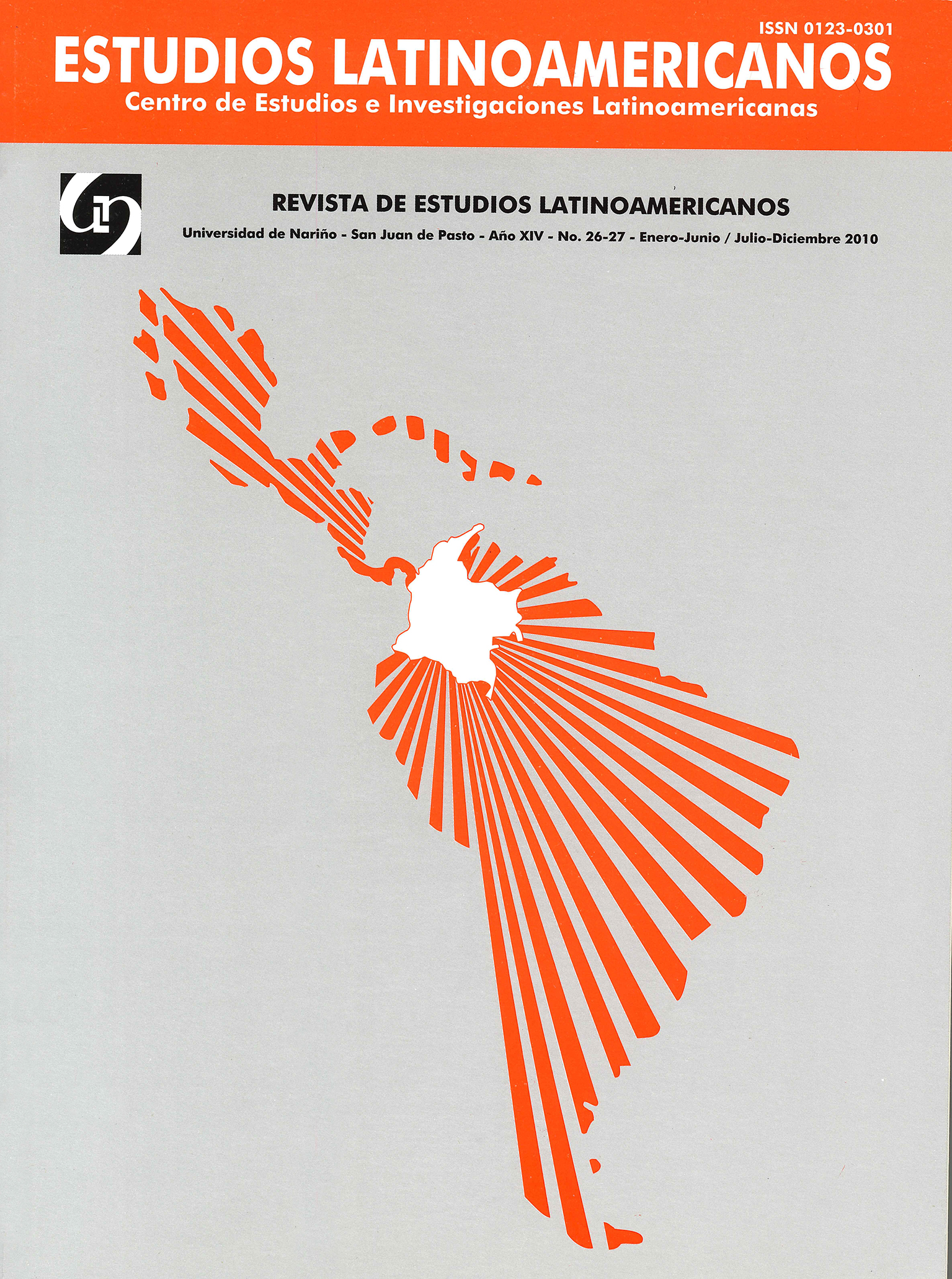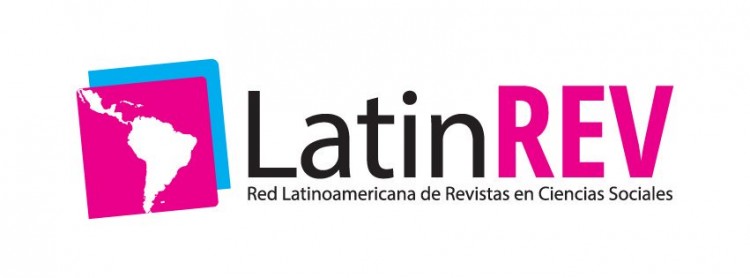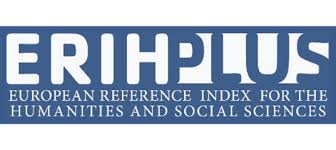La Minificción como Palimpsesto: La Literatura en el Contexto Escolar
DOI:
https://doi.org/10.22267/rceilat.102627.84Palabras clave:
Literatura, Escolaridad, Interpretación, Pedagogía de Proyectos, Minificción.Resumen
Quienes ejercemos la docencia en el campo de la literatura afrontamos el dilema de si la literatura y el arte, y aún la ciencia, son enseñables. El dilema nos lo ayudan a esclarecer los escritores mismos. Para Ortega y Gasset, por ejemplo, quien fuera maestro universitario, la labor que nos compromete es la de hacer sentir en los estudiantes la necesidad del acto de conocer a través de los textos. Sólo quien siente la necesidad de leer y estudiar, dice Ortega y Gasset, puede asignarle sentido a los mundos que se representan en los textos y si se construye sentido en ese proceso complejo del acto de leer es porque se ha logrado entrar al juego que presupone la interpretación. La interpretación a su vez es posible porque el lector pone en funcionamiento la máquina de las asociaciones cognitivas: comprendemos e interpretamos los textos a partir de la actualización de los saberes que hacen parte de nuestra Enciclopedia.
Así entonces, a la escuela le compromete hacer sentir en los estudiantes, y en uno mismo como maestro, la necesidad de saber cada día algo más, siempre a partir de lo que ya se sabe. Para lograrlo, la escuela y los maestros han de apostarle a diversas posibilidades y una de ellas es el trabajo con los textos breves y desde la pedagogía de proyectos. En este artículo proponemos trabajar con el texto literario de carácter breve; se trata de poner en diálogo a los textos de distintas épocas en un proceso que va del texto breve hacia el texto canónico. Le apostamos a la hipótesis según la cual desde el texto breve, como la minificción contemporánea, es posible hacer sentir la necesidad de conocer los orígenes de dichos textos, lo cual conduce al texto mayor. Le corresponde al maestro proponer los textos como si fuese un juego de cartas, en el que cada texto tiene un valor y cada jugador tiene que buscar el texto de mayor relevancia.











_(2).png)








